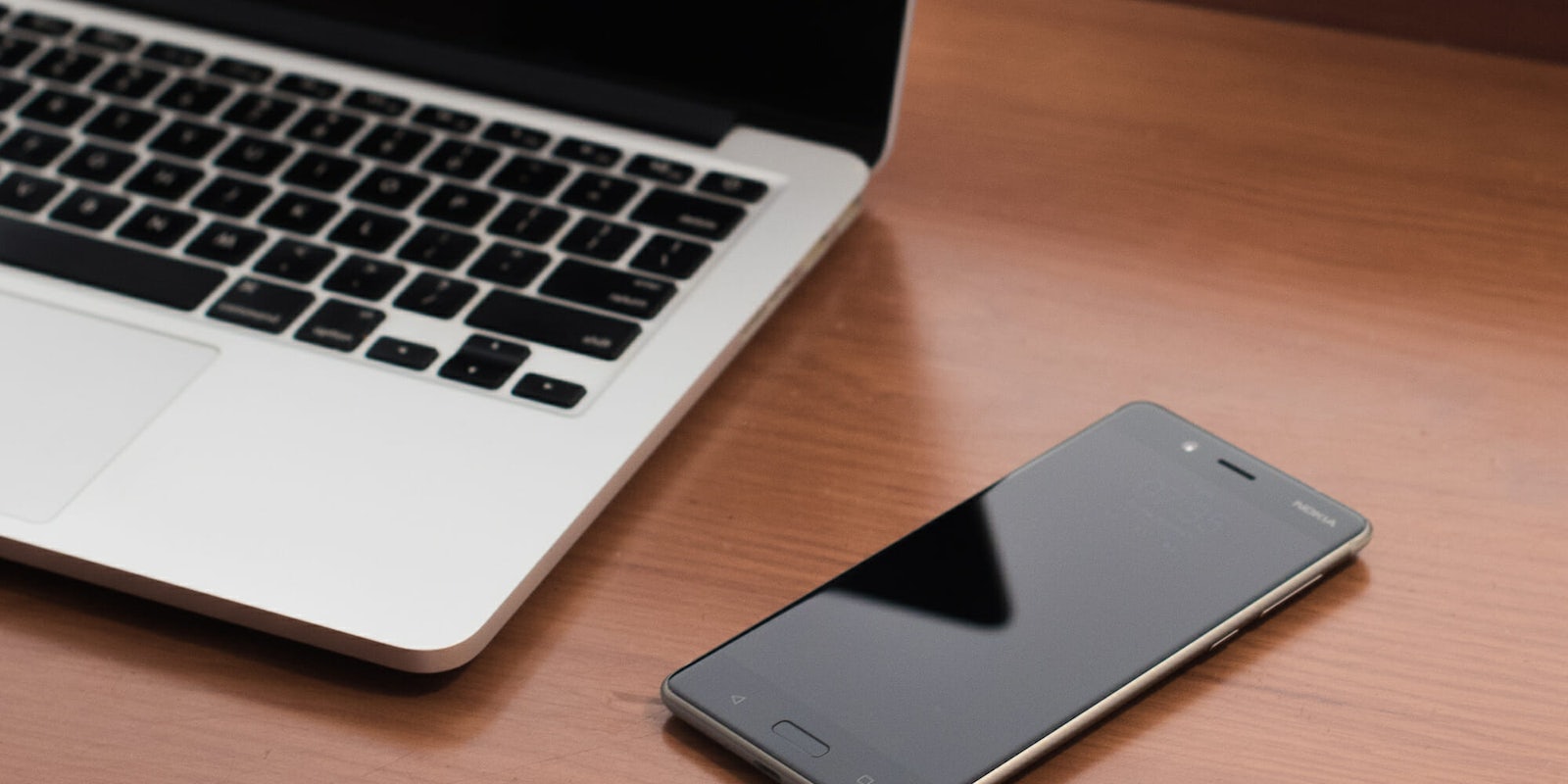A chance encounter between a CEO and a woman experiencing homelessness this week demonstrated the effects of the poverty gap and the digital divide.
Twitter user Lisa Kaplan was at her local library on June 24 when a woman approached her asking for assistance using a computer. The woman wanted to apply to a custodial position but was told to apply online, Kaplan tweeted.
https://twitter.com/lisackaplan/status/1143275350777978880
Since she seemed uncomfortable with using the keyboard, Kaplan helped the woman fill out the application, which called for an email address and a phone number. The woman had neither.
https://twitter.com/lisackaplan/status/1143275357023301641
Kaplan, who works in the industry of countering misinformation, said that two-factor authentication is a common method of preventing people from creating fake accounts. But it also widens the digital accessibility gap, preventing people without the resources of a phone or computer from applying for jobs.
https://twitter.com/lisackaplan/status/1143275360802361344
In a private message to the Daily Dot, Kaplan said the woman was unable to apply for the job that day. Kaplan said she connected the woman to with an organization that helps people who are homeless work through these types of obstacles.
In response to the Twitter thread, Twitter users commended Kaplan for helping the woman as much as she could and demonstrating the vicious cycle of poverty.
The catch-22s of poverty are overwhelming. No cell phone, no job. No job, no cell phone. Repeat in a thousand different ways.
— Junior Meow (@youzdoyouz) June 24, 2019
https://twitter.com/lwa57/status/1143295004229586946
Other users were not as sympathetic.
https://twitter.com/JasonBMcFarlane/status/1143900770707939339
Some pointed out that the digital divide extends beyond job applications into food stamp applications, as well. Twitter user @KiddoCarson said they applied for food stamps and had to download an app. When they asked the attendant what would happen if they didn’t have a cell phone, the attendant said, “A lot of time-consuming work you would need money for.”
I applied for food stamps today. The woman told me to download an app and submit verification that way. I asked her what would’ve happened if I didn’t have a smart phone. A: A lot of time consuming work you would need money for.
— Elizabeth (@KiddoCarson) June 25, 2019
Kaplan said there must be a better way to verify internet users but still make it accessible.
“There has to be a better way,” Kaplan tweeted. “It could be a trusted portal at public libraries or a verification from the librarian, but we need to keep the internet inclusive and accessible—while detecting the manipulation of the internet by nefarious actors.”
READ MORE:
- Wayfair refuses to stop furnishing migrant detention centers
- Woman who live streamed a police officer’s shooting is receiving death threats
- Facebook refused to take down this blackface page for 4 months
Got five minutes? We’d love to hear from you. Help shape our journalism and be entered to win an Amazon gift card by filling out our 2019 reader survey.


